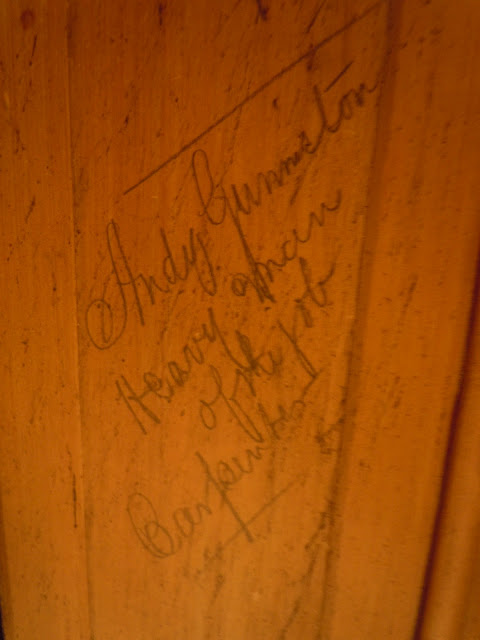February 11th marked the anniversary of the "door that goes nowhere". In celebration of this historic day for the mansion and to honor St. Valentine (of, course), WF hosted a concert in the drawing room! It was a beautiful event in true turn of the century fashion. A few of our guests even attended in very proper parlor attire for the evening.
Afterwards, a chocolate soiree was held downstairs in the root cellar as the perfect ending to a perfect evening. Guests celebrated and stuffed themselves with all things chocolate.
Above all details of the evening, the fact that an interior space of the museum was used. In the past the dining room has been rented for "state dinners" as high dollar fundraisers and the formal parlor has been used as a "tea room" for ladies luncheons. The concert was a unique venue that made use of the space as it was originally intended, to entertain the masses. It truly was a beautiful evening, and quite nostalgic seeing chairs filling the room and the air of grace and propriety everyone felt. The expressions, posture, and movements of every person changed through the course of the concert. Guests may have come in clumsy and stumbling, but left looking like proper Victorian society...a true sight to behold!
We look forward to many more opportunities to use the spaces at WF for which they were intended...to entertain and moreover to educate. These social situations always give us a chance to put our best foot forward. Coming to a museum, one expects to see collections and artifacts. But, this isn't for every museum guest. After the event I mingled and learned that some of our guests really prefer to BE a part of WF's history, not to simply look at it. Going forward, I'm sure this will be a consideration for future events and fundraisers
If you have questions about tours or venue rentals, call the museum Wed-Sun, noon-4pm (901-526-1469)...we'll be delighted to assist you!

















